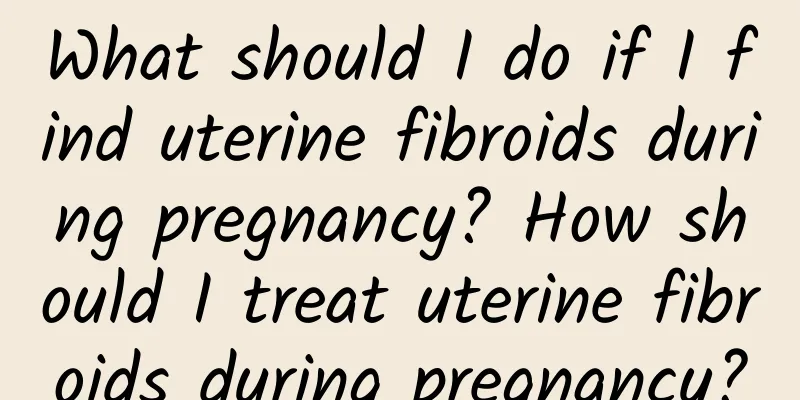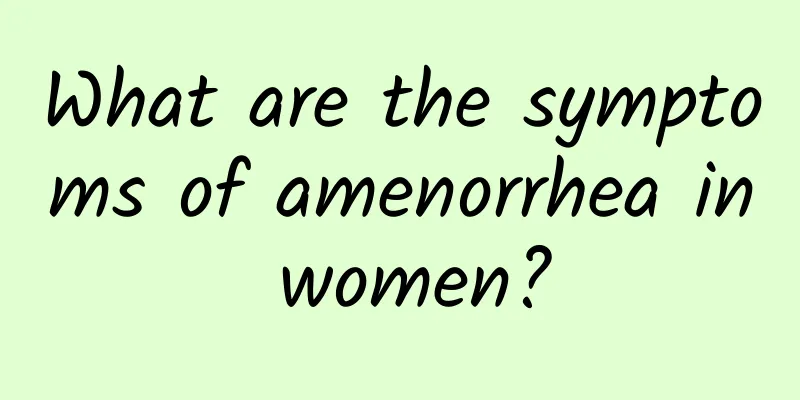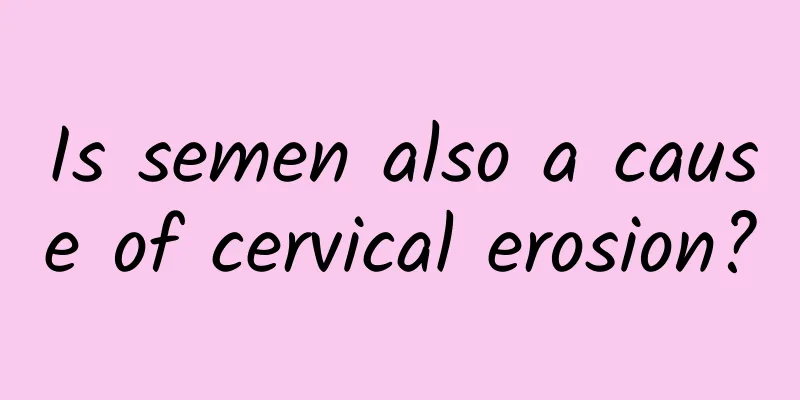What should I do if I find uterine fibroids during pregnancy? How should I treat uterine fibroids during pregnancy?

|
Uterine fibroids do not increase the risk of premature birth Although the chance of encountering uterine fibroids during pregnancy is not small, serious complications are rare (less than 1%). Uterine fibroids will change as pregnancy progresses. Some fibroids will change location, and some will increase in size. Some fibroids are "reddened degeneration" caused by tissue congestion and embolism after pregnancy, leading to abdominal pain and uterine contractions. However, clinical observations and most statistical data confirm that uterine fibroids do not increase the possibility of premature birth. It may be that the fetus is in an abnormal position, and the probability of caesarean section increases. There are rarely serious complications that need to be paid attention to! However, it is undeniable that some larger fibroids affect the turning of the fetus, resulting in incorrect fetal position; some lower fibroids block the fetal channel and increase the possibility of cesarean section. Only in a few cases, such as pedicled serosal fibroid torsion necrosis, immediate surgery is required; or mucosal fibroids cause prenatal bleeding and placental detachment; or fibroids affect postpartum uterine contraction, resulting in postpartum hemorrhage. Gynecologists must pay attention to these serious complications! Most pregnant women with uterine fibroids can give birth smoothly However, the authors still need to emphasize that the incidence of serious complications is very low, so most of the time, uterine fibroids accompany pregnant women until delivery without causing major impact. If pregnant women have serious complications during pregnancy, such as premature delivery, obstructed labor, or postpartum hemorrhage, myomectomy can be considered before the next pregnancy. It is not suitable to remove uterine fibroids at the time of delivery! As for the idea that some pregnant women can treat uterine fibroids during cesarean section, this is a very dangerous idea! Due to the increased congestion of the uterus and the increased blood flow around it during pregnancy, it is not suitable for treating uterine fibroids; cesarean section to remove uterine fibroids can easily cause complications such as heavy bleeding and poor uterine contraction, and general obstetricians and gynecologists will not make such suggestions. |
<<: What should I do if I have uterine fibroids? What are the common symptoms of uterine fibroids?
Recommend
What foods are suitable for patients with cervical warts?
Cervical warts are difficult to treat nowadays. W...
Precautions after ovarian chocolate cyst surgery
Precautions after ovarian chocolate cyst surgery:...
How long does it take to get pregnant again after an abortion?
How long it takes to get pregnant again after an ...
What causes excessive menstruation? Is excessive menstruation a symptom of uterine fibroids?
Is menorrhagia a symptom of uterine fibroids? The...
What vegetables are good for patients with hyperprolactinemia?
Friends with hyperprolactinemia must pay attentio...
What is the cause of recurrence of hydatidiform mole?
What is the cause of recurrence of hydatidiform m...
Are you using the right medicine for hyperprolactinemia?
What medicine should be taken for hyperprolactine...
Is hyperprolactinemia hereditary?
The cause of hyperprolactinemia is still a myster...
What are the signs of miscarriage? There are these 5 major symptoms
There are many signs of miscarriage, the most com...
What to do if you have an ovarian cyst but are pregnant
What should I do if I have an ovarian cyst and I ...
What factors can cause pelvic peritonitis?
Gynecological diseases are the most troublesome d...
How can women prevent endometrial thickening?
It is very important to prevent endometrial thick...
What are the symptoms of cervical erosion?
Cervical erosion is usually caused by infection d...
What causes vaginal candidal infection?
Fungal vaginitis has always been the focus of peo...
Practice like this like the fairy supermodel! 9 ways to get a flat belly and firm butt at home
Is it really that difficult to get rid of a stubb...



![[Video version] Eating persimmons incorrectly can damage your stomach, don't touch these four landmines](/upload/images/67dcfbdeaf81e.webp)





